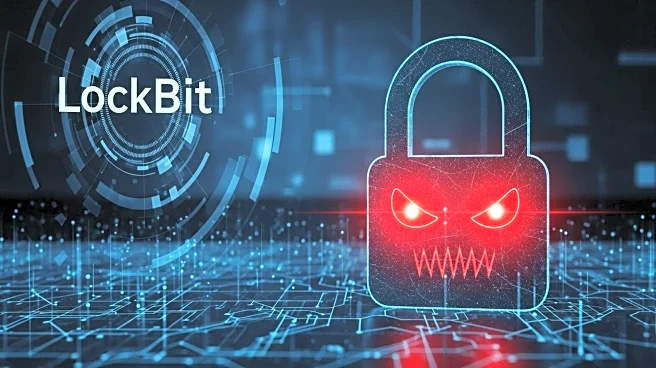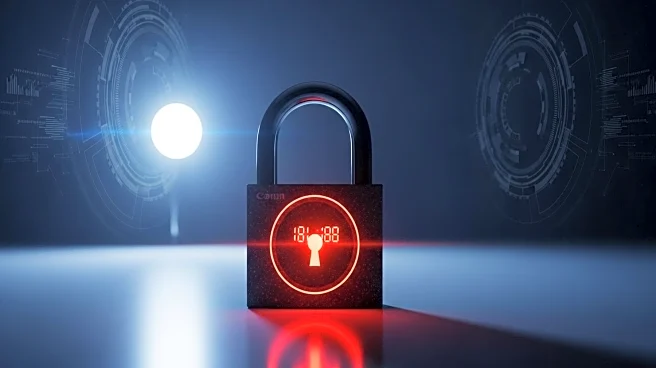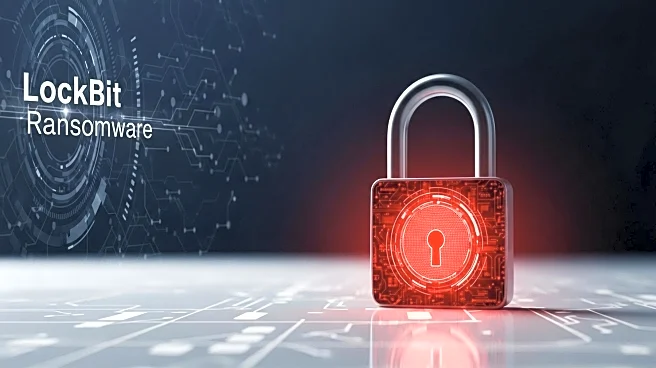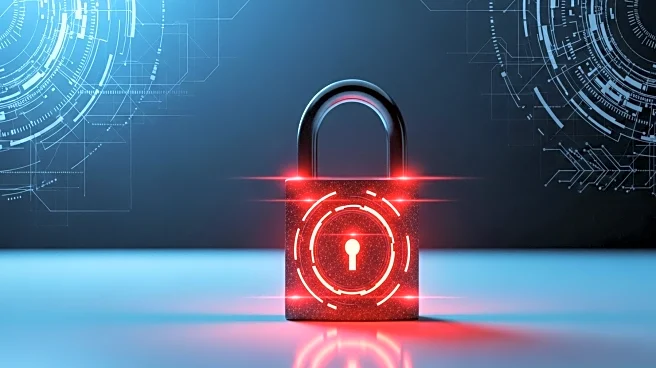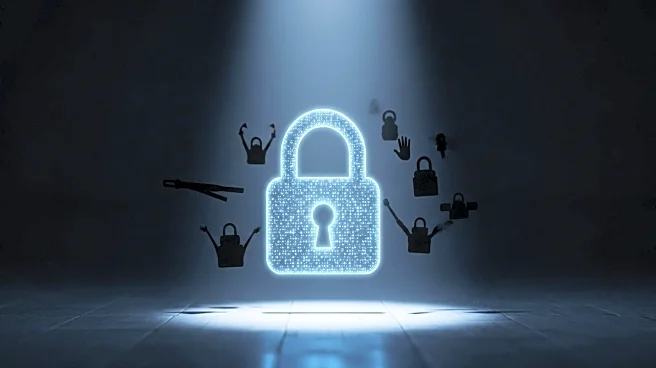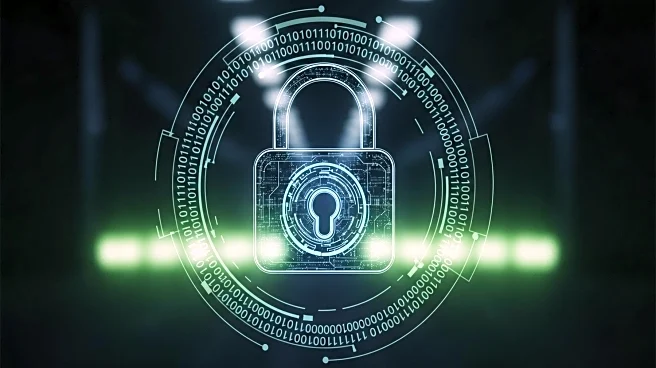What's Happening?
The latest version of the LockBit ransomware, LockBit 5.0, is actively being distributed and is considered significantly more severe than its predecessors. This new variant is targeting Windows, Linux, and ESXi environments, marking a continuation of LockBit's cross-platform strategy. According to a report by Infosecurity Magazine, the ransomware's updated user interfaces offer greater flexibility and more comprehensive settings for affiliates. Additionally, the new version includes advanced anti-analysis mechanisms, making recovery efforts more challenging. Despite these advancements, LockBit 5.0 is described as an evolutionary development from LockBit 4.0, sharing similar hashing algorithms and dynamic API resolution code structures.
Why It's Important?
The emergence of LockBit 5.0 underscores the evolving threat landscape of ransomware, posing significant risks to enterprise networks. By targeting multiple platforms simultaneously, the ransomware can disrupt entire networks, affecting workstations and critical servers alike. This development highlights the need for organizations to enhance their cybersecurity measures and resilience strategies. The increased sophistication of LockBit 5.0's anti-analysis mechanisms further complicates recovery efforts, potentially leading to prolonged operational disruptions and financial losses for affected entities. As ransomware attacks continue to evolve, businesses and cybersecurity professionals must remain vigilant and proactive in their defense strategies.
What's Next?
Organizations are likely to intensify their focus on cybersecurity measures to counteract the growing threat posed by LockBit 5.0. This may include investing in advanced threat detection and response systems, as well as conducting regular security audits and employee training. Cybersecurity firms and researchers will continue to analyze the new variant to develop effective countermeasures and recovery solutions. Additionally, there may be increased collaboration between public and private sectors to address the broader implications of ransomware attacks and to enhance collective resilience against such threats.


